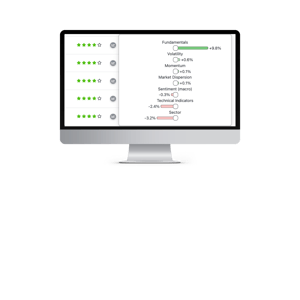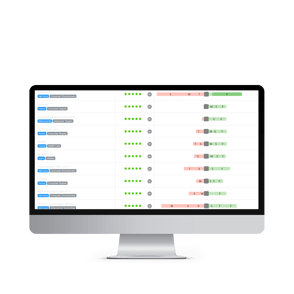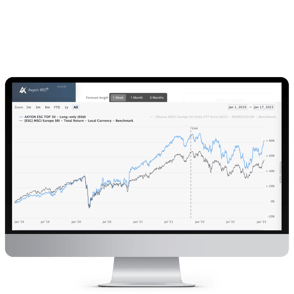
Forecast Drivers
What are forecast drivers?
Forecast drivers refer to the features or input variables that the model uses to produce relative performance predictions.
How can we use the Forecast Drivers for AI Explainability?
In many business applications, the explainability of a Machine Learning model is just as essential as its performance.
Therefore, we built our platform to natively support state-of-the-art techniques for AI explainability and to quantify the impact of each forecast driver on each prediction.

In fact, model’s explanations can be used to obtain insight into what led the model to produce a certain prediction. Among other things, the standard set of features contains:
Mathematical calculations based on a security or market's past price, volume, or open interest.
information related to the company's financial health and performance.
Volatility refers to the degree of variation in a security's price over time. We also extract features from option contracts traded on the underlying assets that belong to the investment universe we cover with our predictions.
.
Broader economic data that can influence financial markets, such as Interest Rates, Inflation Rates, Unemployment Rates, Gross Domestic Product (GDP) and Consumer Price Index (CPI).
LEARN MORE ABOUT OUR AI-DRIVEN SOLUTIONS

RANKINGS
RANKINGS

AI-BASED RANKINGS
AI-based assets performance rankings that identify outperformers within a given investment universe & time horizon
Read More
& MODEL STRATEGIES
& MODEL STRATEGIES

OPTIMISED INDICES & MODEL STRATEGIES
Off-the-shelf and bespoke AI-powered investment model strategies and optimised indices on several asset classes and investment universes
Learn More
